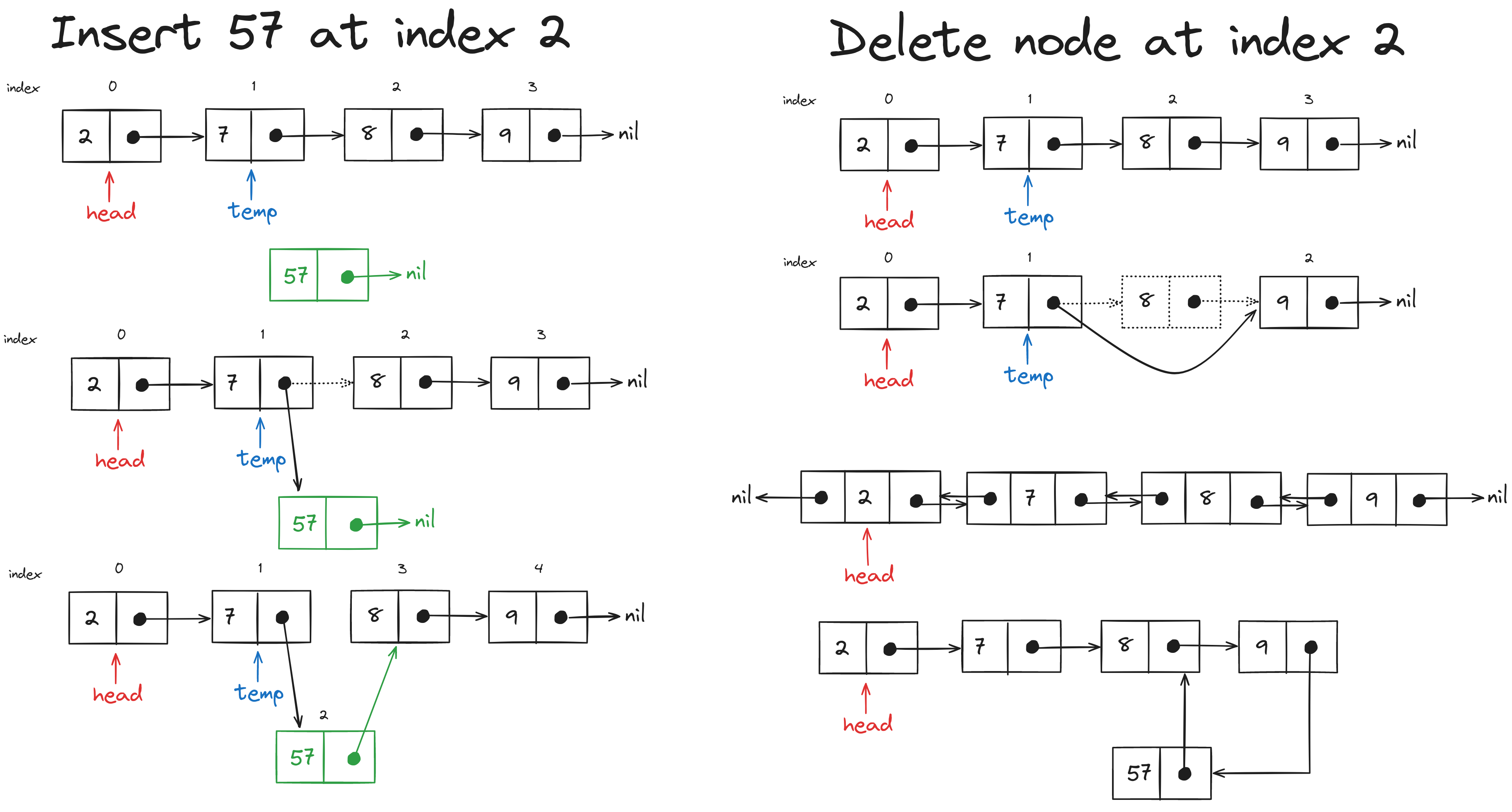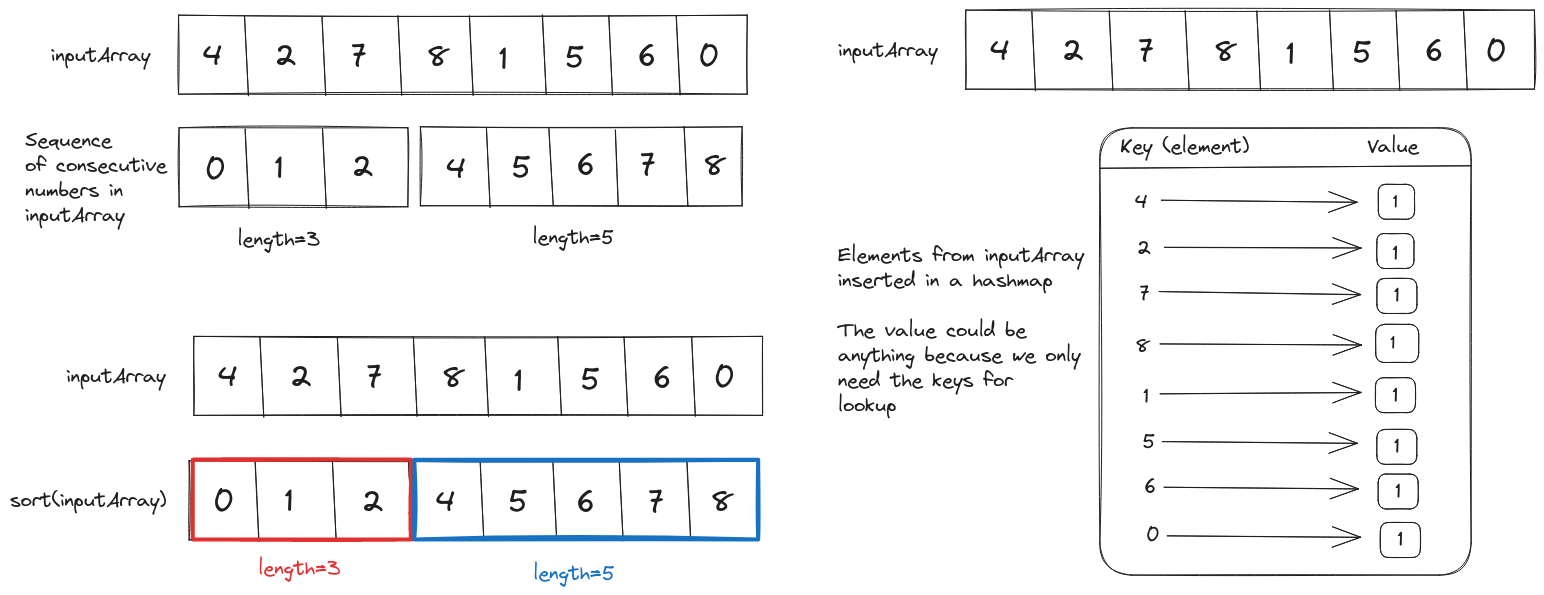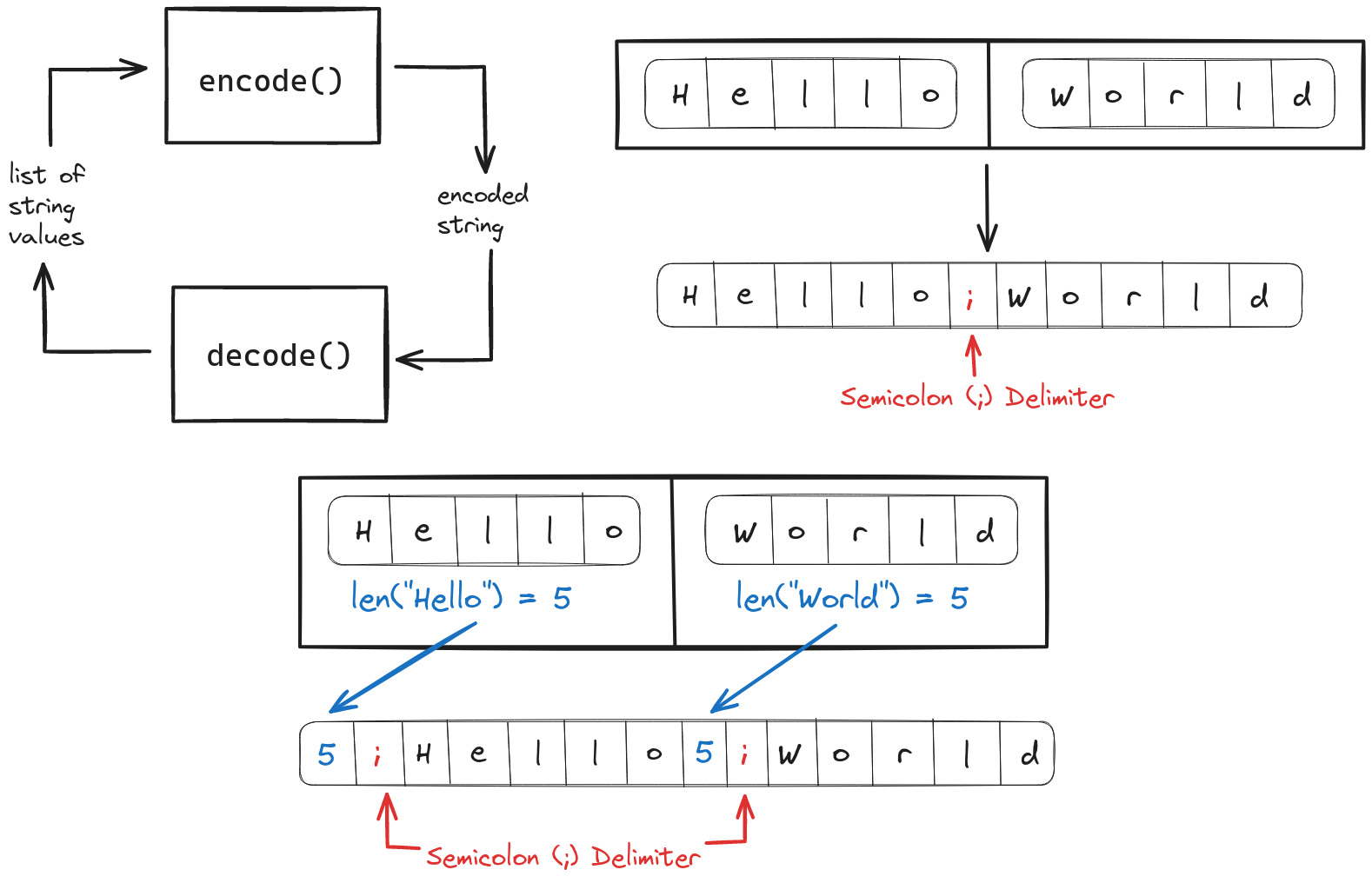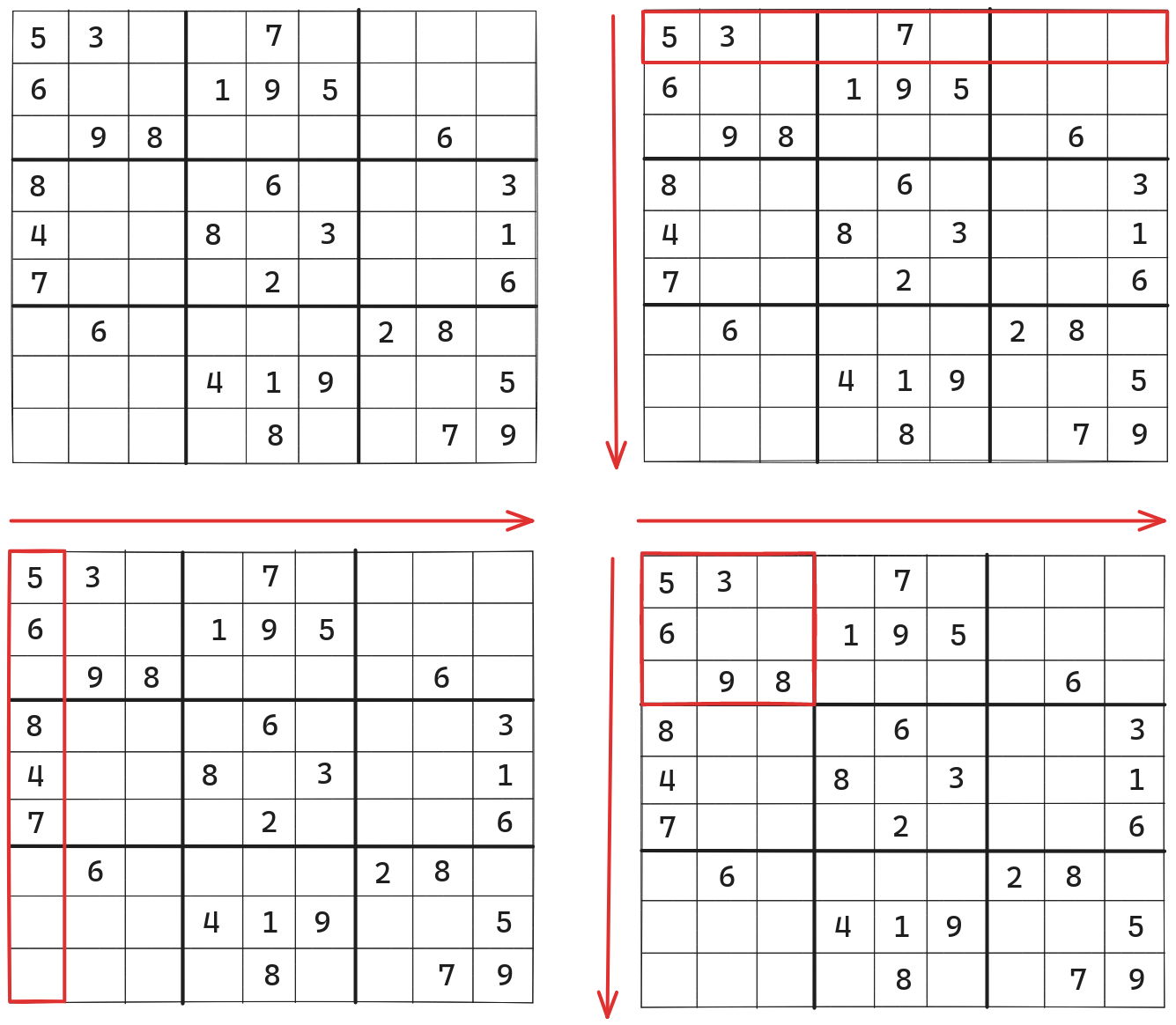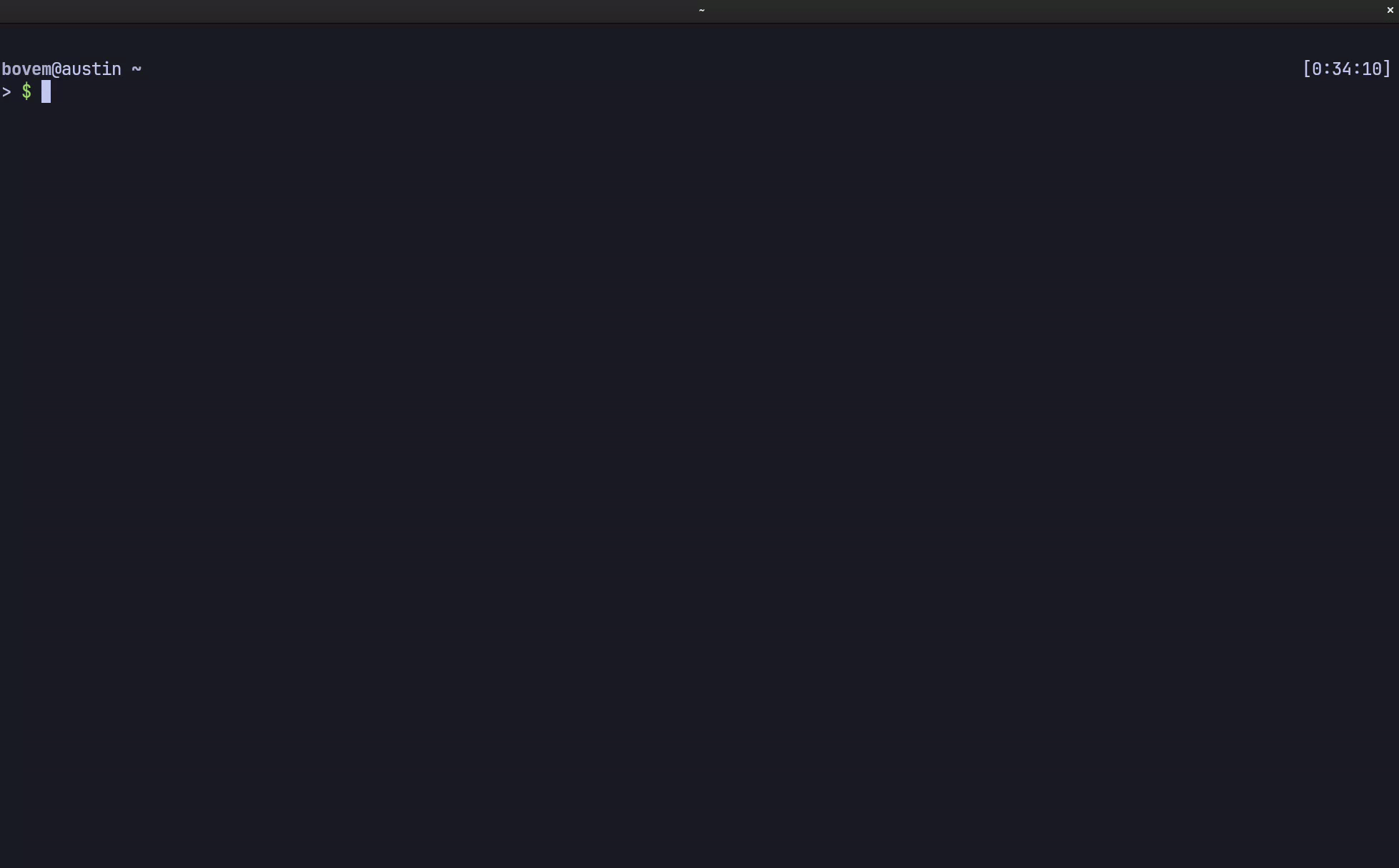
My Development Environment: kitty, zsh, Neovim, tmux, and lazygit
Until now I’ve been using Visual Studio Code as my primary code editor because I try different Linux distributions on my laptop and VSCode is available by default in almost every application manager. When I open a new project, the VSCode suggests relevant extensions based on the tech stack. After hearing the praises for Neovim from Primeagen and TJ DeVries I decided to give it a go along with other command line utilities like tmux and lazygit to test if they optimize my development workflow....
